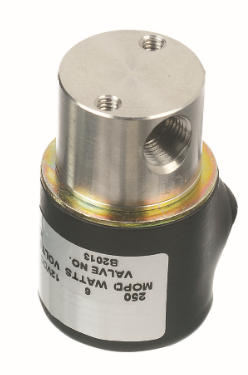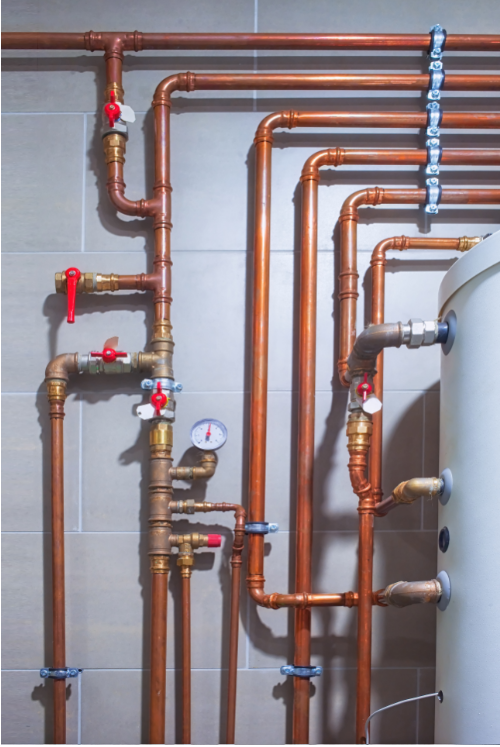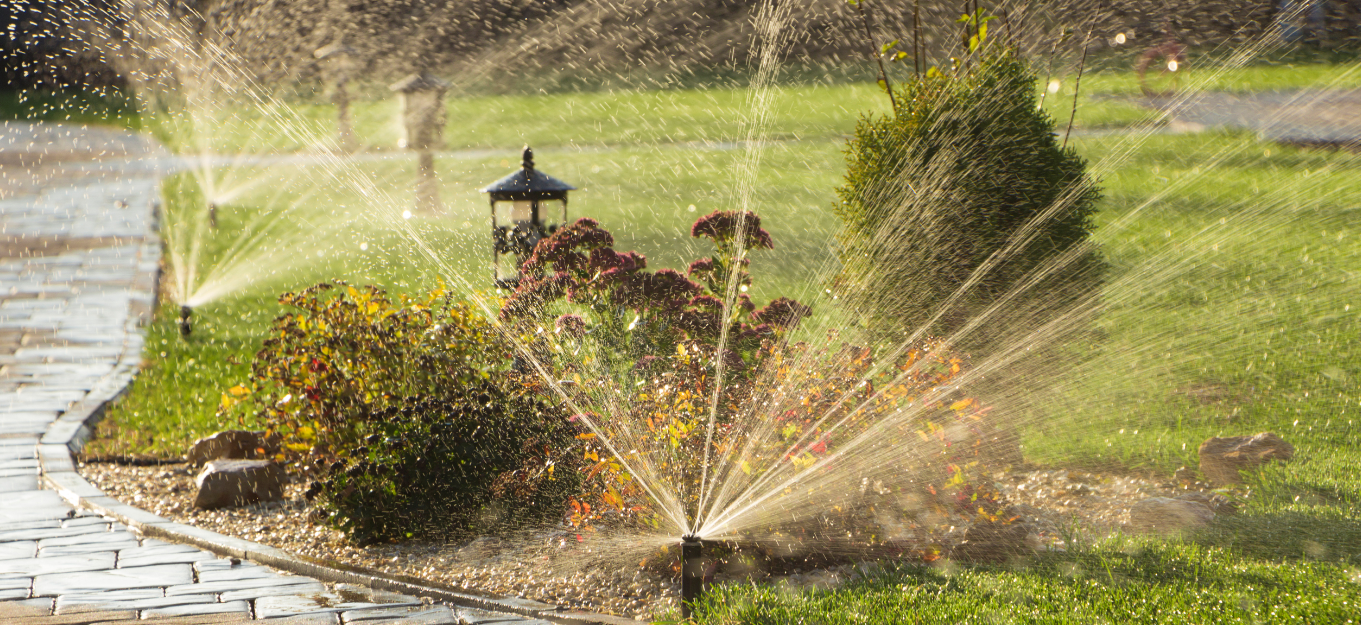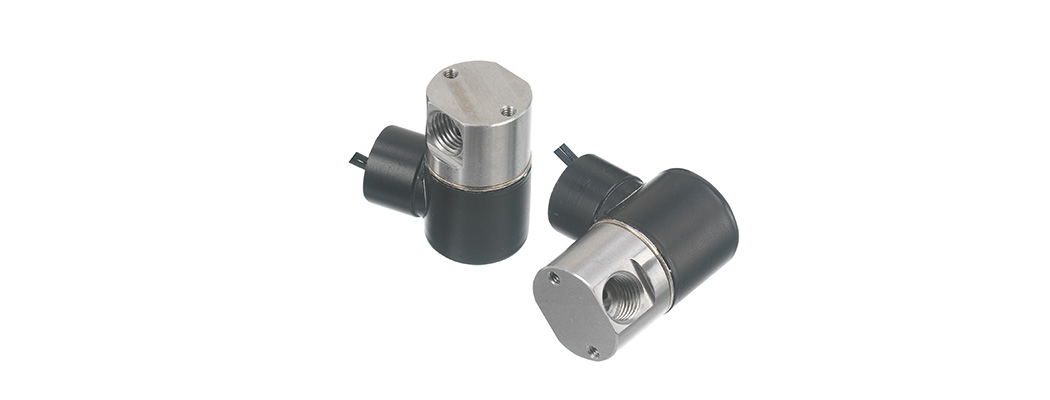Gems Sensors Solenoid Valves will self-heat when current is applied to them, like any other solenoid valve. To understand this, it’s important to understand how the coil works and is constructed. The coil is constructed of magnet wire, wound around a plastic bobbin. The length of wire will create electrical resistance, which in turn creates heat. Coils will have different power ratings, in Watts. Watts is equal to the voltage times the amps. The wattage of the coil is dependent on the amount of magnet wire wound around the bobbin because resistance then affects current. Current (I) equals voltage (V) divided by Resistance (R).

I = V / R
A typical B Series Valve requires 24VDC / 7 watts to energize the coil.
- Resistance = Voltage / Current. V=IR, R=V/I
- Watts = VA
- 7 = 24 x A, 7/24 = .292 Amps
- V = IR, 24 = .292 x R
- 24/.292 = 82.2 ohms. The coil’s resistance does not change.
B Series valves can self-heat to approximately 60 C.
Once the coil is energized and the plunger is pulled up (valve is open), you can decrease the voltage to 50% of the rated coil voltage. Below shows what a 50% drop in voltage causes the amount of coil self-heating to decrease. A drop in voltage correlates to a significant drop in wattage.
- Volts * Volts / Resistance = hold power
- 12* 12 / 82.2 = 1.75 Watts to keep the valve open, versus 7 Watts initially.
- That’s a 4 X improvement on heat!
The other two main factors that contribute to heat besides power, are the plumbing and the fluid.
Plumbing
Metal acts as a conductor, so metal plumbing will in fact pull heat away from the valve and coil. Plastic plumbing will insulate the valve thermally from the rest of the system and hold the heat in the valve. If you’re concerned about the valve getting too hot, consider metal plumbing to help pull heat away.

Fluid
The media or fluid will draw heat away as it flows through the valve. Air doesn’t absorb heat as well, so it doesn’t draw away as much heat as a liquid. An isolation valve keeps the media in the body so there is less cooling going to the guide tube, so the coils can typically get hotter than direct acting valves. Also note, Gems BL Series latching valves generate very little heat, because the coil only needs to be pulsed with power for approximately 100ms. Since it’s not being constantly supplied with power, there is no source to generate heat. Gems BL Series Latching Valves are a great solution for applications that require little to no heat from the valve being transferred to the media, like beverage dispensing.

View our Gems B Series valve in more detail HERE
 SEARCH OUR RESOURCE CENTER
SEARCH OUR RESOURCE CENTER

